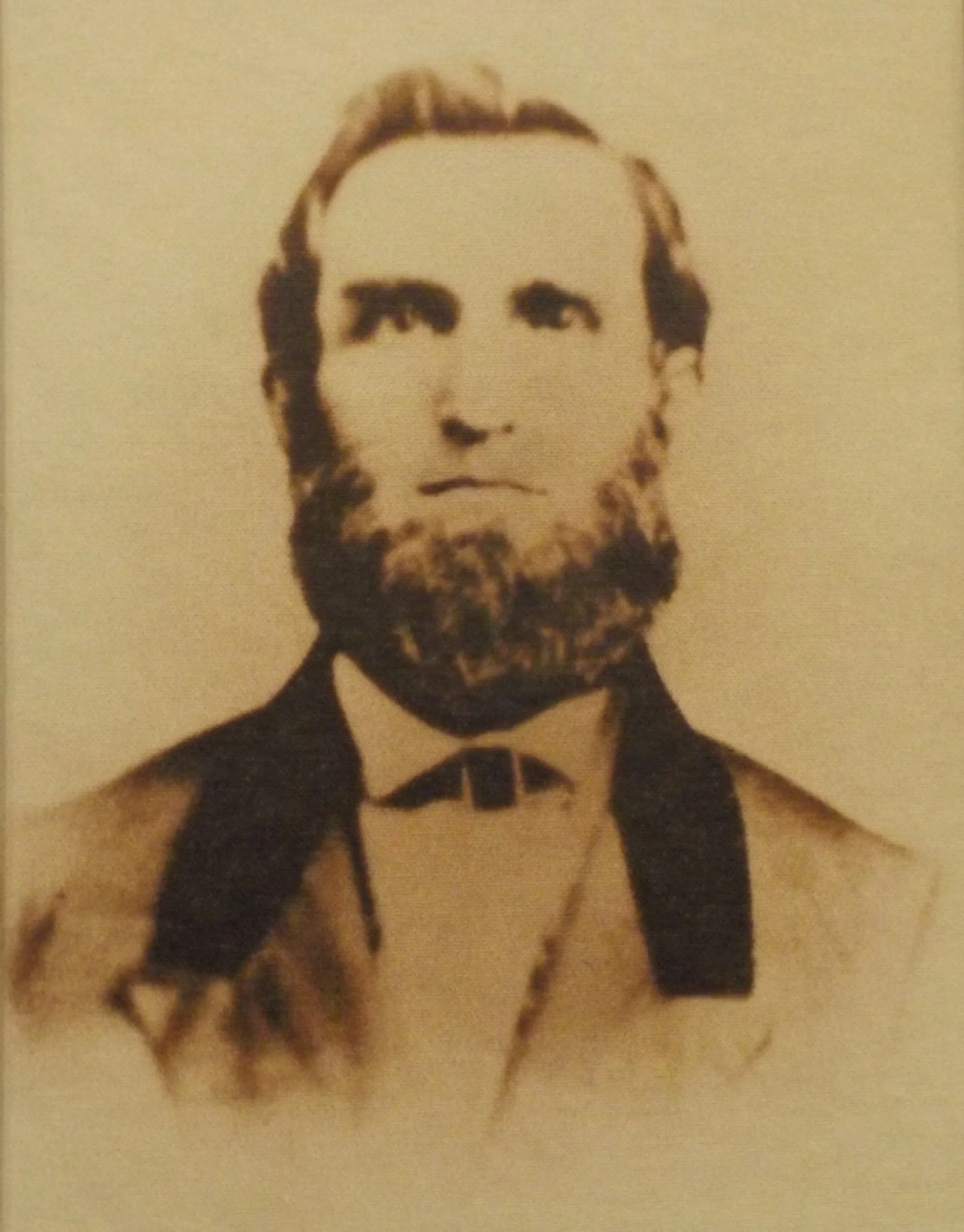The Great Locomotive Chase: Part III, the Raiders’ Fate
/Andrews was tried first on crimes of spying and treason, but the following trials were disrupted by Mitchel who continued to move towards Chattanooga. At the beginning of May, the Raiders were transferred to Madison for a period of time and then returned to Chattanooga. At the end of May, twelve of the Raiders were transported to Knoxville for trial. The same day, Andrews received the result of his trial, a death warrant for his execution on June 7.
Read More




















